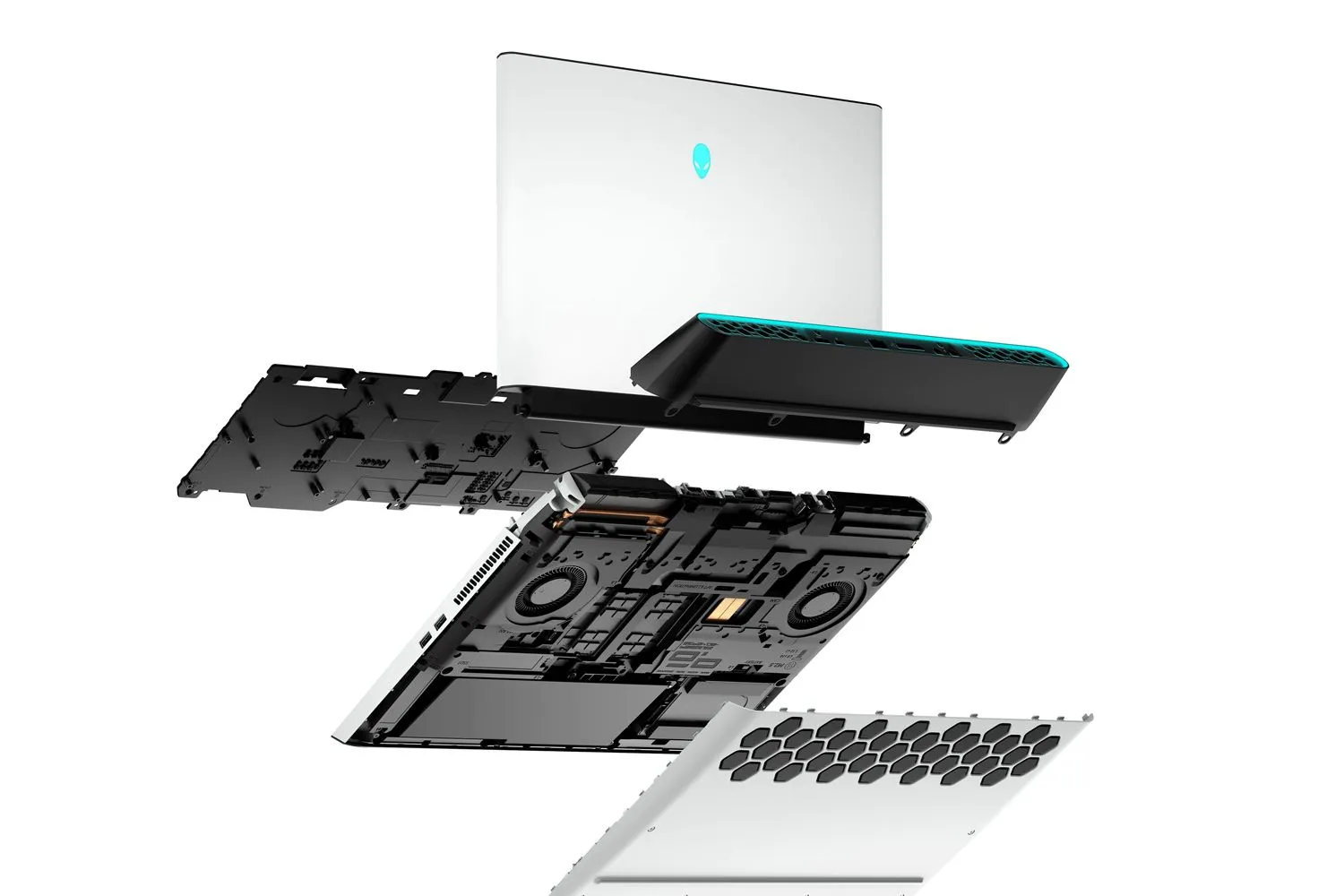Can You Install a Graphics Card in a Laptop? Exploring Upgrade Possibilities
In the ever-evolving landscape of technology, the desire for better graphics and enhanced performance is a common theme among laptop users. One question that frequently arises is whether it’s possible to install a dedicated graphics card into a laptop. In this guide, we’ll delve into this topic, exploring the feasibility, considerations, and potential methods for upgrading the graphics capabilities of your laptop.

Recommended: How Do I Update Chrome On My Laptop
Understanding Laptop Graphics: Integrated vs. Dedicated
Before diving into the intricacies of adding a graphics card to a laptop, it’s essential to understand the two primary types of graphics solutions commonly found in laptops:
-
Integrated Graphics: Integrated graphics come bundled with the laptop’s CPU and share system memory. While suitable for everyday tasks, they may lack the power needed for demanding applications and gaming.
Also Read: How Do I Unlock The Touchpad On My Laptop
-
Dedicated Graphics: Dedicated graphics cards, also known as discrete or external GPUs, feature their own dedicated memory and processing units. They offer significantly better performance for graphics-intensive tasks.

Check Out: How Do I Unlock The Mouse On My Laptop
Feasibility of Installing a Graphics Card in a Laptop
The ability to upgrade a laptop’s graphics card largely depends on the laptop model and its design. Unlike desktop computers, laptops often lack the necessary space, power, and compatibility for adding a dedicated graphics card. Here’s what you need to consider:
-
Form Factor: Laptops are built with compactness in mind, leaving little room for additional components like dedicated graphics cards.
-
Compatibility: Even if physical space permits, compatibility issues may arise due to proprietary designs, motherboard limitations, and BIOS restrictions.
-
Power Supply: Dedicated graphics cards demand significant power, which may exceed the capabilities of a laptop’s power supply unit.
-
Heat Management: High-performance graphics cards generate substantial heat, necessitating robust cooling solutions that may not be feasible in a laptop’s compact chassis.
Methods for Enhancing Graphics Performance
While installing a dedicated graphics card in a laptop may not be a straightforward task, several alternative methods can enhance graphics performance:
-
External Graphics Enclosures: External GPU enclosures provide a workaround by connecting a desktop-class graphics card to a laptop via Thunderbolt or USB-C ports.
-
Driver Updates: Regular driver updates from GPU manufacturers can optimize graphics performance and compatibility with the latest software and games.
-
Optimizing Settings: Adjusting in-game graphics settings and utilizing performance-enhancing software can maximize the capabilities of integrated graphics.
FAQ: Common Queries Answered
Q: Can any laptop be upgraded with a graphics card?
A: No, most laptops do not support graphics card upgrades due to limitations in design, compatibility, and power constraints.
Q: Are external GPU enclosures compatible with all laptops?
A: External GPU enclosures require laptops with Thunderbolt 3 or USB-C ports that support external graphics. Compatibility varies based on the laptop model and specifications.
Q: Do integrated graphics suffice for casual gaming and multimedia tasks?
A: Integrated graphics are adequate for light gaming and multimedia consumption but may struggle with modern, graphics-intensive games and applications.
Q: How do I know if my laptop supports external GPU enclosures?
A: Check your laptop’s specifications and documentation to determine if it has Thunderbolt 3 or USB-C ports with external graphics support.
In conclusion, while the prospect of installing a graphics card in a laptop may be enticing for some users, it’s often impractical or impossible due to inherent limitations. However, alternative methods such as external GPU enclosures can offer a viable solution for enhancing graphics performance. Understanding the capabilities and constraints of your laptop is essential in determining the most suitable approach to achieving your desired graphics experience.
Related Post: How Do I Unlock A Lenovo Laptop
Related Post: How Do I Unlock A Laptop Without The Password
